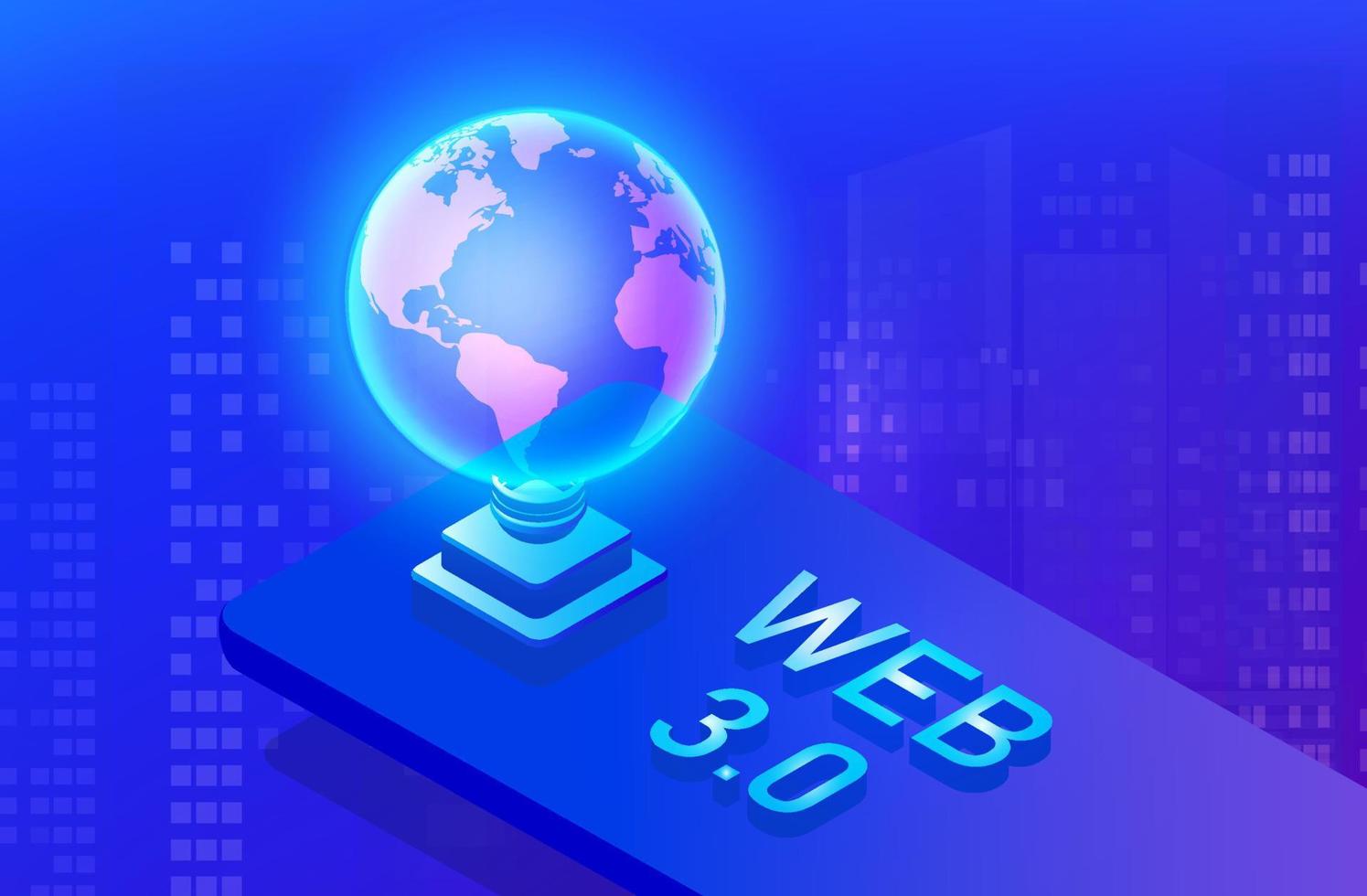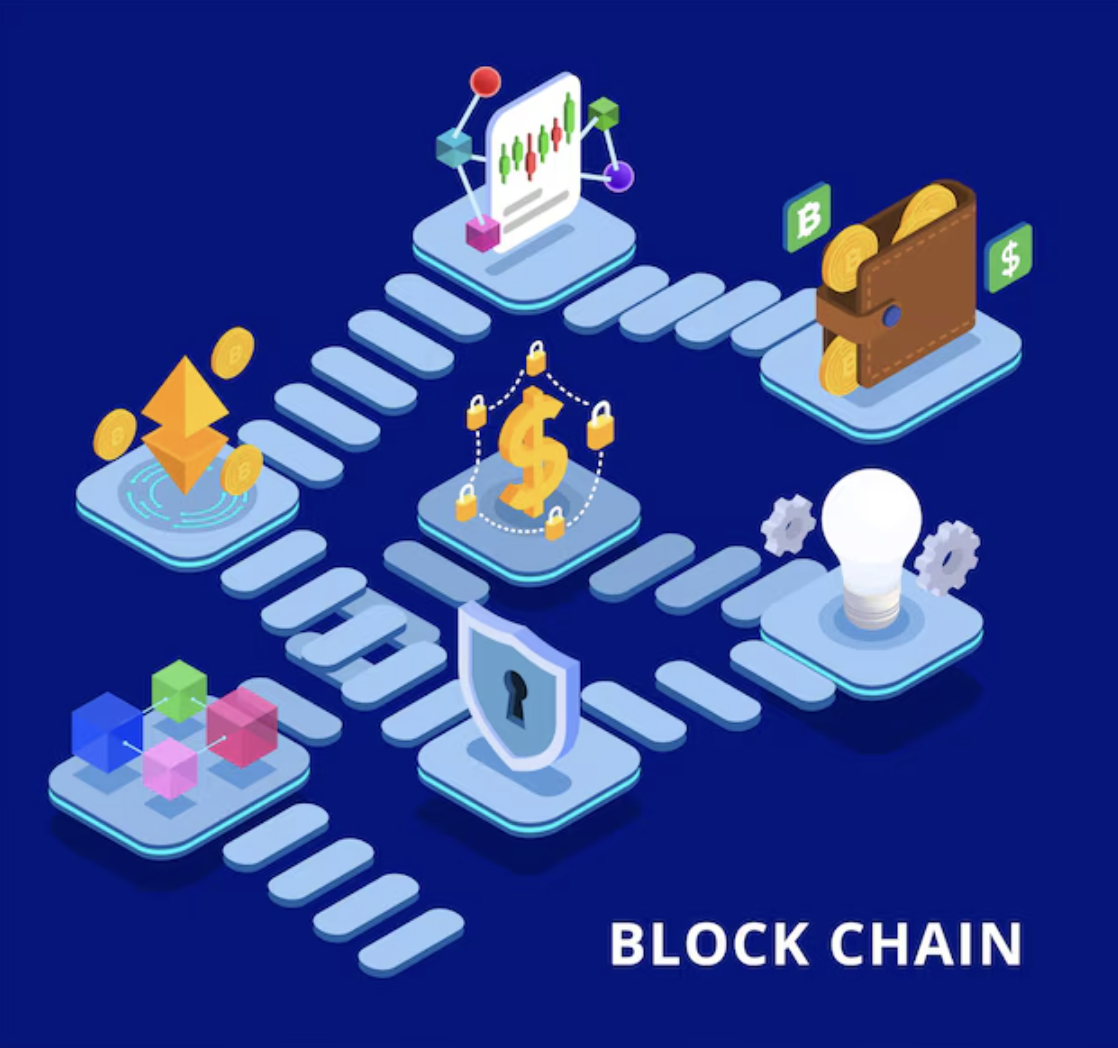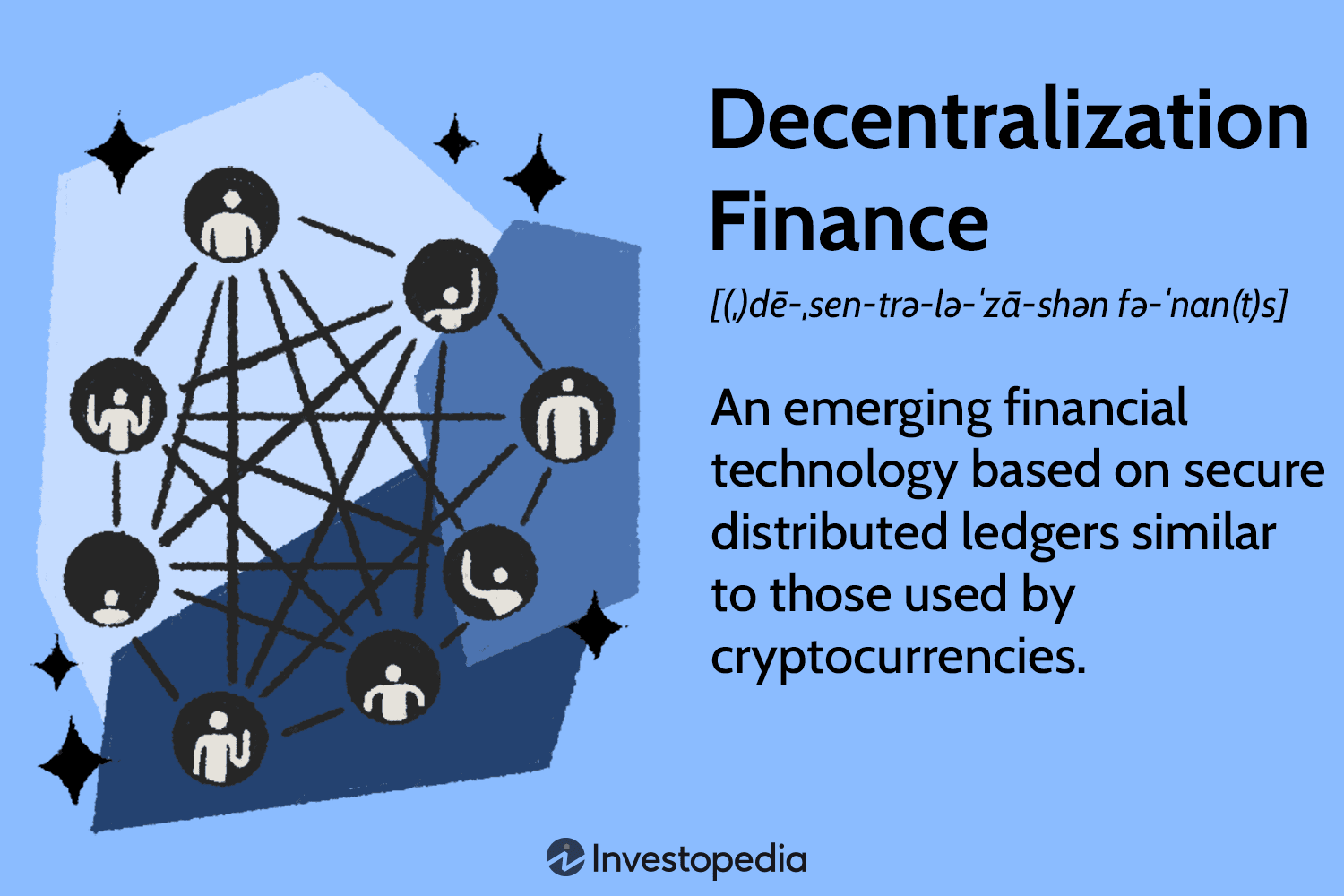
The digital landscape is undergoing a monumental shift, driven by the intertwined forces of Web3, blockchain technology, and cryptocurrencies. For anyone navigating the volatile yet promising world of digital assets, understanding this revolution is no longer optional—it's essential. This guide will walk you through what Web3 entails, its fundamental differences from the internet we've known, and the critical role it plays in the crypto investment sphere, highlighting both the opportunities and challenges on this decentralized frontier.
About Web3 & Blockchain Technology
At its core, Web3 represents the next iteration of the internet, built on the foundational principles of decentralization, openness, and user ownership. Unlike its predecessor, Web2, where data and applications are largely controlled by a few dominant corporations, Web3 aims to empower individuals, giving them unprecedented control over their digital identity, data, and assets. It's often referred to as the "decentralized web" or the "blockchain internet."
This new paradigm is made possible by technologies like blockchain, smart contracts, and decentralized applications (dApps). These innovations enable peer-to-peer interactions without the need for intermediaries, fostering a more transparent and equitable digital environment.

Image: Freepik
Web3 vs. Web2
The differences between Web2 and Web3 are profound, particularly in how power and value are distributed:
-
Web2 (Centralized Internet): Think of social media giants, e-commerce platforms, and cloud service providers. In Web2, users are often the product, generating data that is monetized by these centralized entities. Data is stored on proprietary servers, and control rests with the platform owners. Transactions and interactions typically rely on trusted third parties.
-
Web3 (Decentralized Internet): In contrast, Web3 puts users in the driver's seat. Data is often stored on decentralized networks, and ownership is verifiable through cryptographic means. Users have direct control over their digital identities and assets, and interactions are facilitated by trustless protocols. This shift moves away from "renting" services to "owning" a piece of the digital infrastructure.
Think of it this way: Web2 is like renting an apartment; you live in it, but the landlord (a centralized company) owns it and sets the rules. Your data and interactions are stored on their servers. In contrast, Web3 is like owning a piece of land; you have direct ownership and control over your digital footprint. This fundamental difference redefines how value is created and distributed online, shifting power from intermediaries to the users themselves. It is crucial for crypto investors because it underpins the very concept of verifiable digital ownership and permissionless finance.
Web3's Impact on the Crypto Investment Landscape: Opportunities and Challenges
Web3 and its underlying blockchain infrastructure are not just theoretical concepts; they are actively reshaping how we invest in and interact with cryptocurrencies. This revolution presents both exciting opportunities and formidable challenges for the savvy investor.
Opportunities for the Crypto Investor
The integration of Web3 principles into the crypto space has unlocked numerous avenues for investors:
-
Decentralized Exchanges (DEXs): Platforms like Uniswap and PancakeSwap, powered by Web3, allow investors to trade cryptocurrencies directly from their personal wallets. This eliminates the need for centralized intermediaries, reducing counterparty risk and increasing user autonomy over funds.
-
True Digital Asset Ownership: Web3 emphasizes self-custody of cryptocurrencies and other digital assets. Investors hold their private keys, giving them complete control over their holdings, a stark contrast to traditional finance where assets are often held by custodians. This is fundamental to the ethos of crypto.
-
Access to Decentralized Finance (DeFi): The entire DeFi ecosystem—including lending, borrowing, and yield farming protocols—is built on Web3. Investors can participate in these permissionless financial services, earning yields or accessing liquidity without traditional banks.

Image: Investopedia
-
Emergence of New Asset Classes: Non-Fungible Tokens (NFTs), a key component of Web3, represent verifiable digital ownership of unique items. These assets are traded using cryptocurrencies on Web3 platforms, expanding investment opportunities beyond traditional fungible tokens.
-
Enhanced Transparency and Auditability: Every transaction on a public blockchain is recorded and verifiable, offering an unprecedented level of transparency and auditability for crypto investments, which can help in due diligence.
Challenges for the Crypto Investor
Despite the immense potential, the Web3 blockchain revolution also brings distinct challenges that investors must navigate:
-
Complexity and User Experience: The decentralized nature of Web3 applications can be daunting for new users. Managing private keys, understanding gas fees, and navigating various dApp interfaces requires a significant learning curve, which can be a barrier to entry.
-
Security Risks in a Trustless Environment: While blockchain is secure, the smart contracts that power Web3 applications can have vulnerabilities. Exploits and hacks of DeFi protocols remain a significant concern, leading to potential financial losses for investors if not properly researched.
-
Scalability Limitations: Current blockchain networks can struggle with high transaction volumes, leading to network congestion and increased transaction costs, particularly during periods of high demand. This can impact the efficiency of trading and interacting with dApps.
-
Regulatory Uncertainty: The decentralized and borderless nature of Web3 presents complex challenges for regulators worldwide. The evolving regulatory landscape can create uncertainty for investors, with potential implications for asset classification, taxation, and legal compliance.
-
Interoperability Gaps: Different blockchain networks often operate in isolation, making it difficult for assets and data to move seamlessly between them. This fragmentation can limit liquidity and create friction for investors seeking to diversify across various ecosystems.
The Future Outlook
The Web3 blockchain revolution is fundamentally reshaping the internet and, by extension, the world of crypto investment. It's a shift from a centralized, platform-controlled web to a decentralized, user-owned digital landscape. For the discerning investor, this evolution presents a wealth of new opportunities, from participating in cutting-edge DeFi protocols to owning unique digital assets through NFTs. However, it also demands a higher degree of technical literacy, an understanding of inherent security risks, and an awareness of the evolving regulatory environment.
As Web3 continues to mature, we anticipate significant advancements in user experience, scalability, and interoperability, making it more accessible and robust. For crypto investors, staying informed about these developments, understanding the underlying blockchain technology, and exercising due diligence will be paramount to successfully navigating and capitalizing on this transformative era. The journey into the decentralized future is just beginning, and for those ready to embrace its complexities, the rewards could be substantial.











